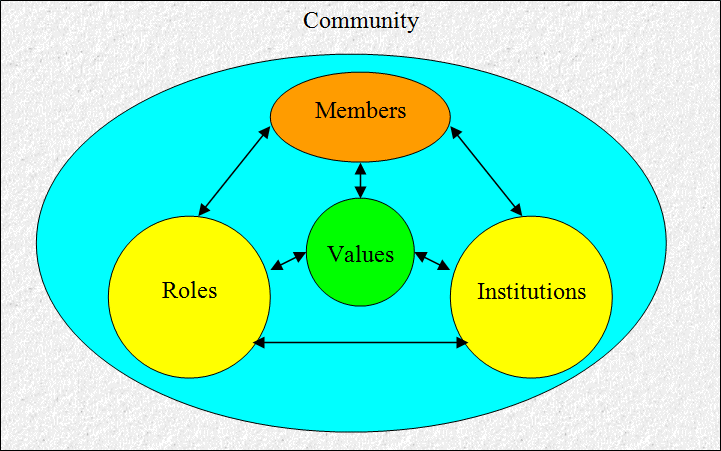The various stages that computer technology has gone through in the past 60 years, has shown the shift of human interest in technology and moral values as constraints, to the current state in which we welcome technology at the service of society. According to Prof. Jeroen van der Hoven, moral values can be expressed in engineering design, and we can impart the fruits of our ethical reflection – concerning sustainability, safety and privacy to the things we design and make. This ethical reflection concerns a specific focus on the moral values, preferences, and ideals that form human lives, which should be accommodated by computer systems. Building on this information I wonder whether these values can be translated into requirements, and if so how, in the case of my Student Project Group topic; Urban greening.
The three questions that are raised in the MOOC build up to the final correlation between technology and values. Questioning whether technology can embody values, what values we should include in the design process, and how these values are translated into requirements, gives a steady base to approach a topic such as Urban greening. The translation of values into design requirements interestingly enough exists of multiple methods. In order for a value such as safety, security or justice to be translated into a physical form, it needs certain intermediary steps. These are called norms, which follow-up on values and allow design requirements to take form. In my topic the values exist of safety, health, security, sustainability and environment. In order for these values to find their place in the community that we strive for, we need to create norms that the inhabitants of a community can live by. For safety this could be; keep an eye out for your neighbour to promote social control, or for sustainability; do not litter and strive for an eco-friendly environment by taking care of mother nature. The presented norms facilitate the process of designing in the sense that reason can be given to the created technologies/designs, without directly linking them to values.
The urban greening project is, as are many projects, based on specific values that can be envisioned through the proper norms and requirements. The question that is raised is whether all values can be taken into account when creating designs, as there might be an agreement on relevant values yet a disagreement when it comes down to the hierarchal order in which these values should be placed. What we found in our project is that some designs can consider the needs of every possible stakeholder, respecting all of their personal values. The value sensitivity of this design becomes apparent when considering all of the reasons why stakeholders support the project. Families see the possibility for a safer and cohesive neighbourhood, the municipality strives for secure and sustainable communities, and environmental groups acknowledge the importance of greener societies. The combination of these values is what creates the motivation to support projects/designs such as urban greening.

